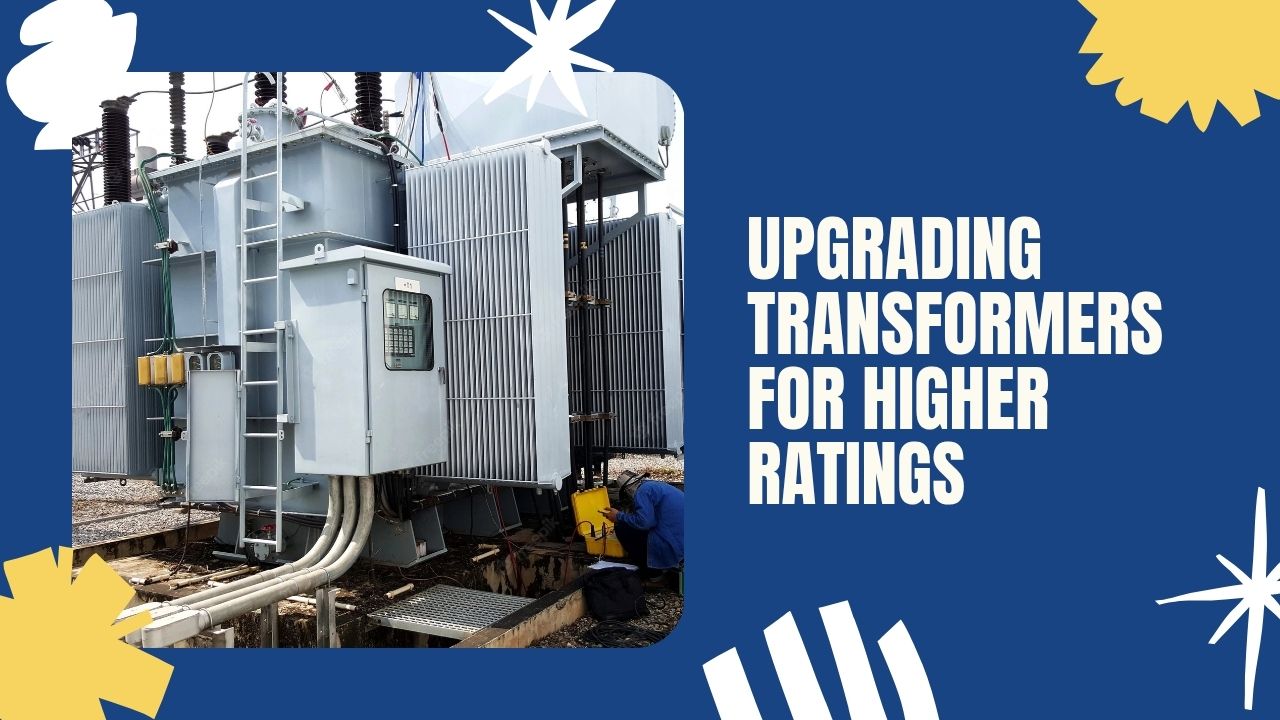

Sometimes your transformer feels like it’s lagging behind. The load profile looks different now.
Maybe you’ve added new drives, or peak demand has crept up gradually. Whatever the reason, the existing rating feels tighter than it used to. So, naturally, you start exploring an upgrade.
But this kind of upgrade doesn't just live on paper. It takes real adjustments inside the unit—right down to the core.
Here’s a closer look at what actually changes when a transformer gets re-rated for higher capacity.
Carrying more current begins with the coils. It always does. The conductors themselves need more room or better efficiency, sometimes both.
You might see a shift in the type of conductor—maybe a switch to foil, or a different bracing pattern.
The point is to handle that extra current without pushing resistance or creating new hot zones. That means thinking through how the winding layers interact, how they’re cooled, and how they’re mechanically supported.
Everything else hinges on this part being reworked right. A reliable transformer manufacturer in India will factor in all these design aspects to ensure safe and efficient performance under higher loads.
Heat rises with every increase in current. And insulation gets hit first. If the materials can’t tolerate the shift in thermal performance, you start to see early aging long before the upgraded rating gets used fully.
In practice, this means higher-grade insulation, tighter quality control on clearances, and better drying protocols.
Sometimes it even means changing the structure that holds the windings together so that movement under load stays within safe margins.
You can’t just pump more current through a unit and expect the magnetic circuit to behave exactly the same. Core losses start to edge up. Saturation becomes a real concern if the design was already near its limit.
Depending on how much extra capacity you’re adding, you might need to re-stack parts of the core, adjust lamination thickness, or change the clamping method to reduce vibration.
These are small shifts, but they affect long-term efficiency more than people realize.
The extra heat has to go somewhere. If the original cooling system stays as it is, the new load runs hotter—even if everything else was done right.
That’s why upgraded transformers often get a boost in cooling performance. Maybe it’s additional radiators. Maybe stronger fans. Or a faster oil flow path inside the tank.
In some cases, oil itself gets changed out for a different grade with better high-temperature properties.
Increased thermal loading also puts steady pressure on the materials around the cooling circuit, which can alter oil behavior and flow stability over time.
Higher current doesn’t only affect the internal structure. It shows up at the points where power leaves the transformer. That includes bushings, tap changers, clamps, and any external links.
Many upgrade projects end up modifying terminals just to manage that extra stress. Bracing gets reinforced. Joints are reworked to reduce contact resistance. These details matter more than they look, especially under repeated switching or cyclical loads.
The mechanical force from higher fault currents often concentrates at these contact points, making design tolerances even more critical than before.
You can’t upgrade a transformer with numbers alone. The real work happens inside—from rewinding and re-spacing to rethinking how heat gets managed through oil and ducting.
In our work at Makpower, we’ve seen how even a small increase in rating needs coordination across electrical, thermal, and mechanical systems.
Sometimes that means reinforcing tap leads or adding new radiators. Other times, it means stepping back and adjusting the design to fit how the unit is being used now—not how it was originally spec’d.
What matters is that once upgraded, the transformer handles the new load comfortably, without constant intervention to keep it there.